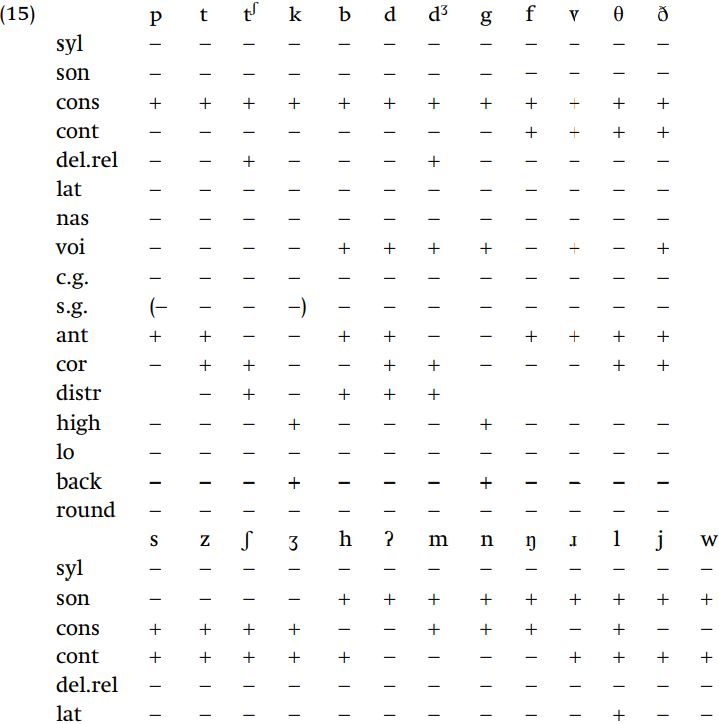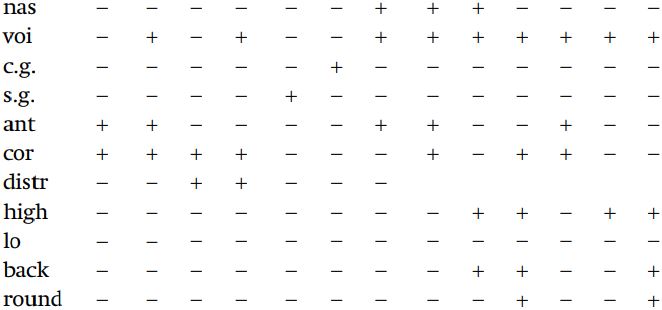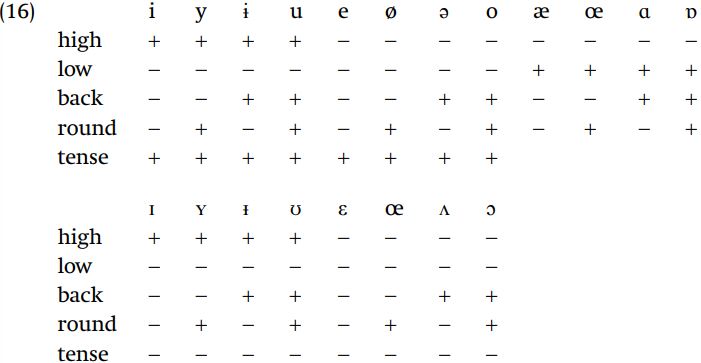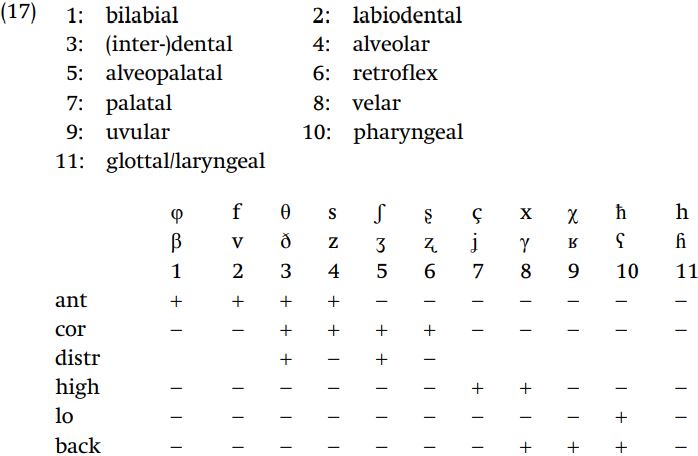

Grammar


Tenses


Present

Present Simple

Present Continuous

Present Perfect

Present Perfect Continuous


Past

Past Simple

Past Continuous

Past Perfect

Past Perfect Continuous


Future

Future Simple

Future Continuous

Future Perfect

Future Perfect Continuous


Parts Of Speech


Nouns

Countable and uncountable nouns

Verbal nouns

Singular and Plural nouns

Proper nouns

Nouns gender

Nouns definition

Concrete nouns

Abstract nouns

Common nouns

Collective nouns

Definition Of Nouns

Animate and Inanimate nouns

Nouns


Verbs

Stative and dynamic verbs

Finite and nonfinite verbs

To be verbs

Transitive and intransitive verbs

Auxiliary verbs

Modal verbs

Regular and irregular verbs

Action verbs

Verbs


Adverbs

Relative adverbs

Interrogative adverbs

Adverbs of time

Adverbs of place

Adverbs of reason

Adverbs of quantity

Adverbs of manner

Adverbs of frequency

Adverbs of affirmation

Adverbs


Adjectives

Quantitative adjective

Proper adjective

Possessive adjective

Numeral adjective

Interrogative adjective

Distributive adjective

Descriptive adjective

Demonstrative adjective


Pronouns

Subject pronoun

Relative pronoun

Reflexive pronoun

Reciprocal pronoun

Possessive pronoun

Personal pronoun

Interrogative pronoun

Indefinite pronoun

Emphatic pronoun

Distributive pronoun

Demonstrative pronoun

Pronouns


Pre Position


Preposition by function

Time preposition

Reason preposition

Possession preposition

Place preposition

Phrases preposition

Origin preposition

Measure preposition

Direction preposition

Contrast preposition

Agent preposition


Preposition by construction

Simple preposition

Phrase preposition

Double preposition

Compound preposition

prepositions


Conjunctions

Subordinating conjunction

Correlative conjunction

Coordinating conjunction

Conjunctive adverbs

conjunctions


Interjections

Express calling interjection

Phrases

Sentences


Grammar Rules

Passive and Active

Preference

Requests and offers

wishes

Be used to

Some and any

Could have done

Describing people

Giving advices

Possession

Comparative and superlative

Giving Reason

Making Suggestions

Apologizing

Forming questions

Since and for

Directions

Obligation

Adverbials

invitation

Articles

Imaginary condition

Zero conditional

First conditional

Second conditional

Third conditional

Reported speech

Demonstratives

Determiners


Linguistics

Phonetics

Phonology

Linguistics fields

Syntax

Morphology

Semantics

pragmatics

History

Writing

Grammar

Phonetics and Phonology

Semiotics


Reading Comprehension

Elementary

Intermediate

Advanced


Teaching Methods

Teaching Strategies

Assessment
Summary of feature values
المؤلف:
David Odden
المصدر:
Introducing Phonology
الجزء والصفحة:
58-3
25-3-2022
1605
Summary of feature values
Features combine quite freely, so we cannot give a complete list. By learning some specific feature values and applying your knowledge of the meaning of features, it should be possible to arrive at the feature values of other segments. This is, of course, possible only if you know relevant phonetic details of the sound that you are considering. In order to know the feature values of [ɭ], you need to know that this is the symbol for a retroflex lateral approximant, thus it has the features appropriate for [l], and it also has the features that characterize retroflex consonants, which are [-ant, -distr]. If you do not know the phonetic characteristics of the segment symbolized as [ʕ], it is necessary to first understand its phonetic properties – it is a voiced pharyngeal continuant – before trying to deduce its feature values. In reading descriptions of languages, it is also important to understand that a symbol used in published data on a language is not always used according to a particular standard of phonetic transcription practices at the moment, so read the phonetic descriptions of letters in the grammar carefully!
The standard feature values for the consonants of (American) English are given in (15), to help you understand how the entire set of features is applied to the sound inventory of a language which you are familiar with.


The assignment of [spread glottis] – aspiration – in English stops varies according to context, so the value [-s.g.] is in parenthesis in the chart because both values of this feature are found on the surface, depending on context. The value [-s.g.] represents the underlying value.
Vowel feature summary. Certain feature values are uniform for all vowels: [+syl, -cons, +son, +cont, -del.rel, -ant, -lat, -distr]. Typically, vowels are also [+voice, -s.g., -c.g.]. There are languages such as Mazateco and !Xoo where breathy voicing and glottalization are used contrastively, so in these languages [+s.g.] and [+c.g.] are possible specifications. A number of languages have phonetic voiceless vowels, but the phonological status of voiceless vowels is not so clear, thus it may be that there are no phonologically [-voice] vowels. Values of the main features used to distinguish vowels are given in (16). (Recall that we are not certain whether [tense] applies to low vowels.)

Nasality, length, breathiness and creaky voice are properties freely available to vowels, so any of these vowels can have  nasal,
nasal,  long,
long,  s.g. or
s.g. or  c.g. counterparts.
c.g. counterparts.
Consonant feature summary. Primary place of articulation for consonants is summarized in (17), using continuant consonants (voiceless in the first row, voiced in the second: numbers in the third row are keyed to traditional place of articulation terms). Continuant consonants are used here because they exhibit the maximum number of distinctions, for example there are bilabial and labiodental fricatives, but only bilabial stops. All of these consonants are [-syl, +cont, -del.rel, -nas, -lat, -c.g., -tense, -round].

Secondary place of articulation is illustrated in (18), here restricted to secondary articulations on [p t]. All of these consonants are [-syl, -son, +cons, -cont, -del.rel, -lat, -nas, -voice, -s.g., -c.g., -tense].

Round consonants might simply have the specification [+round]. Tongue raising and backing is not necessary in order to achieve rounding, whereas tongue raising and backing is by definition necessary in order to have a velarized consonant.
A final important point must be made. The twenty-one features discussed here – syllabic, sonorant, consonantal, high, low, back, round, tense (advanced tongue root), coronal, anterior, strident, distributed, continuant, delayed release, nasal, lateral, spread glottis, constricted glottis, voice, long, stress – are specific empirical hypotheses. This means that they are subject to change in the face of evidence that a change is required, so they are not immutable. On the other hand, as scientific hypotheses, they must be taken seriously until good evidence is presented that another system of features is better . Features should not be invented willy-nilly: using distinctive features is not the same as placing a plus sign in front of a traditional articulatory description, and thus describing sounds as [+mid], [+alveolar] or [+vowel] misconstrues the theoretical claim of distinctive features.
 الاكثر قراءة في Phonology
الاكثر قراءة في Phonology
 اخر الاخبار
اخر الاخبار
اخبار العتبة العباسية المقدسة

الآخبار الصحية















 قسم الشؤون الفكرية يصدر كتاباً يوثق تاريخ السدانة في العتبة العباسية المقدسة
قسم الشؤون الفكرية يصدر كتاباً يوثق تاريخ السدانة في العتبة العباسية المقدسة "المهمة".. إصدار قصصي يوثّق القصص الفائزة في مسابقة فتوى الدفاع المقدسة للقصة القصيرة
"المهمة".. إصدار قصصي يوثّق القصص الفائزة في مسابقة فتوى الدفاع المقدسة للقصة القصيرة (نوافذ).. إصدار أدبي يوثق القصص الفائزة في مسابقة الإمام العسكري (عليه السلام)
(نوافذ).. إصدار أدبي يوثق القصص الفائزة في مسابقة الإمام العسكري (عليه السلام)


















